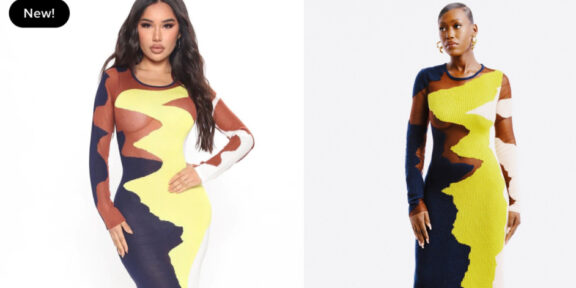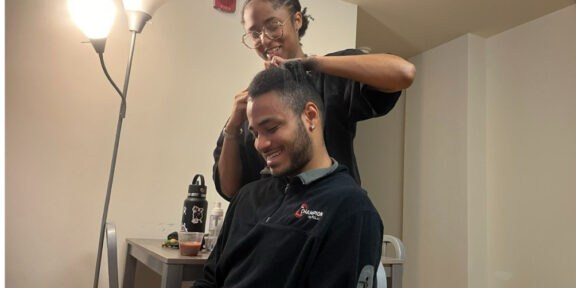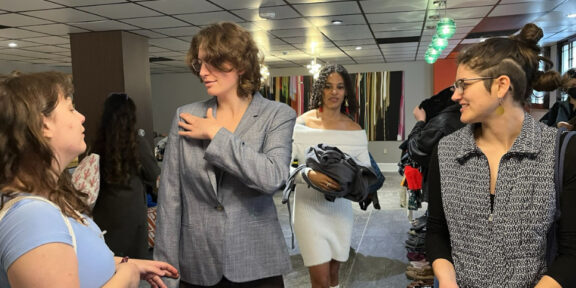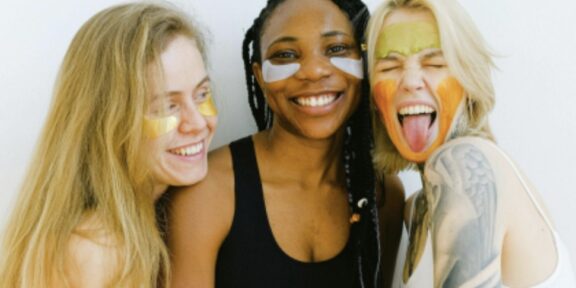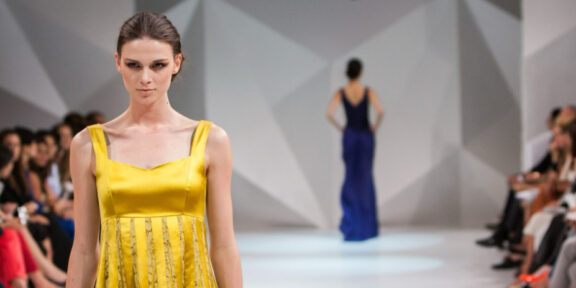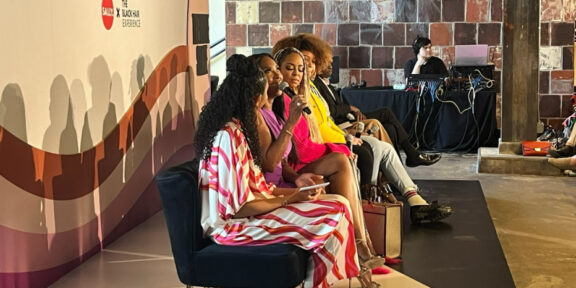By Makenna Underwood
When Kynadi Hyde, a Howard University alumna and freelance fashion journalist, picks out her outfit each morning, the first question on her mind remains the same: “What am I feeling today?”
Whether it’s an item from her closet or a coat from her clothing rack that stands against the sleek, white walls of her Brooklyn apartment, Hyde is always looking for pieces that elevate her style and mood.
The idea of elevating your mood through your wardrobe is not new. Dopamine dressing—the idea of wearing clothes that bring you joy—is a trend that has risen among fashion enthusiasts within the past few years.
“The more I researched, the more I take on a new understanding of the term. It’s really more related to dressing in ways that make you feel happy as an individual from inside,” said Hyde.
A 2012 study conducted by Karen Pine, a renowned researcher in developmental psychology, discovered that “what a woman chooses to wear is heavily dependent upon her emotional state” and “clothing doesn’t just influence others, it reflects and influences the wearer’s mood too.”
Dopamine is a neurotransmitter that causes feelings of pleasure and motivation. According to PTC News, an Indian-based news channel, some use dopamine dressing to improve their wardrobe and mood due to a decrease in dopamine in the winter months.
For Hyde, living in New York means she must intentionally balance style and comfortability during the colder months, with layering as a key component.
“Most outfits have like six, seven, or eight different elements to them, which is always helpful for not only staying warm but having more complexity to your outfit and having more dimension to it as well,” Hyde said.
“Dopamine dressing” is a term coined by fashion psychologist and professor Dawnn Karen. Karen, who noticed that opioid users in her community were going through withdrawal because of COVID-19 lockdown orders, saw fashion as a “healing modality.”
“Well, people were suffering during the pandemic. As a form of escapism, I said, ‘What would be an alternative?’” Karen said. “You can’t get drugs, or you don’t need to get drugs, so what would be an alternative? I’m like, what if you can dress to get high.”
When dealing with low dopamine levels, Karen “prescribes” her clients a color that can lift their mood and reminds others to use color theory–the study of how colors affect mood–-to explore the idea of dopamine dressing.
“I would just tell people if they’re in the workplace or the summer months are coming up, brighter colors elicit positive emotions, but also find their actual colors on an individual level. Some people might have childhood experiences, childhood traumas with colors,” she said.
Through exploration and trial and error, both Karen and Hyde agree that fashion can serve as a tool to boost your mood.
“Anybody and everybody is affected by fashion because, at its core, the foundations really lie in just human existence and communication,” Hyde said.


